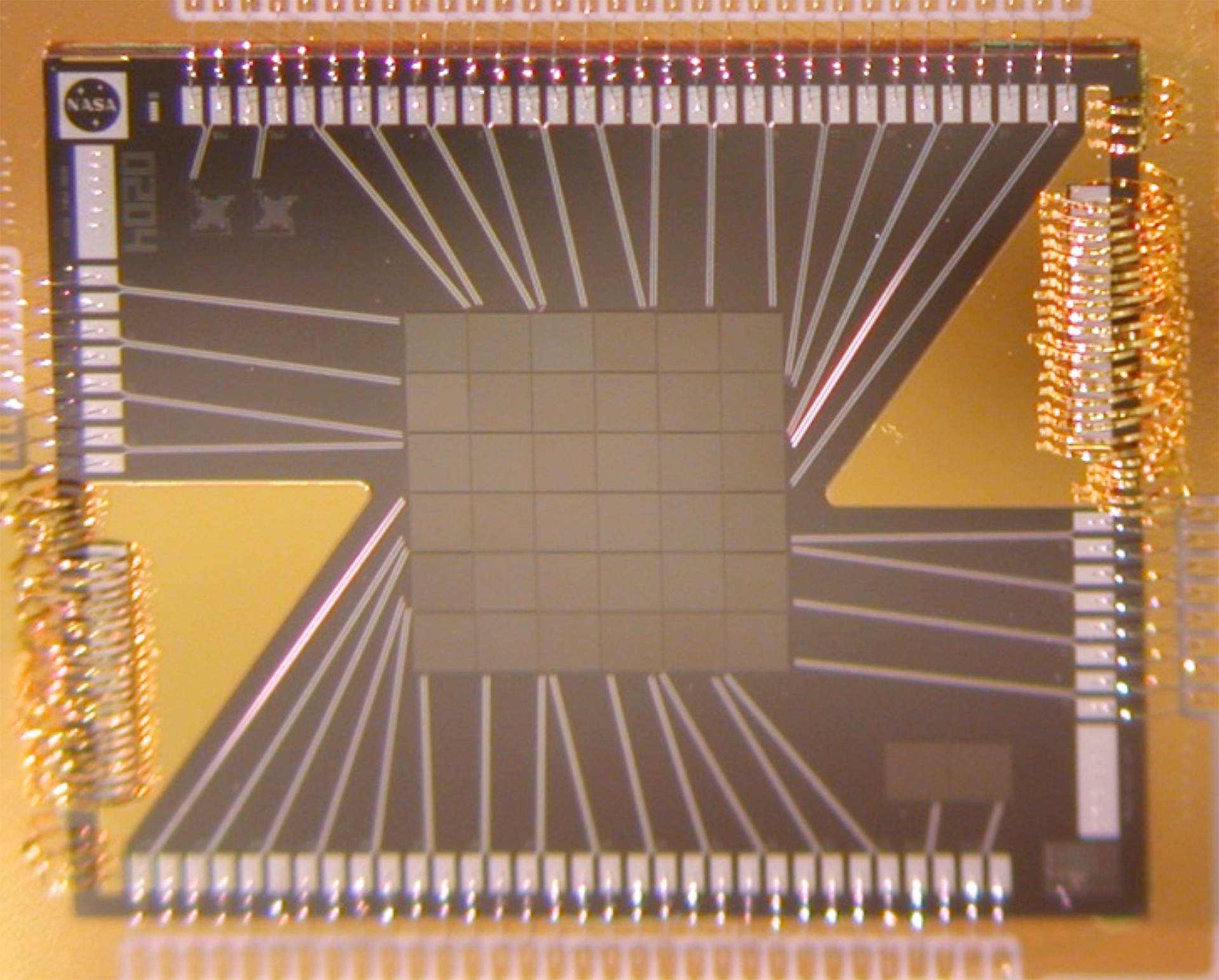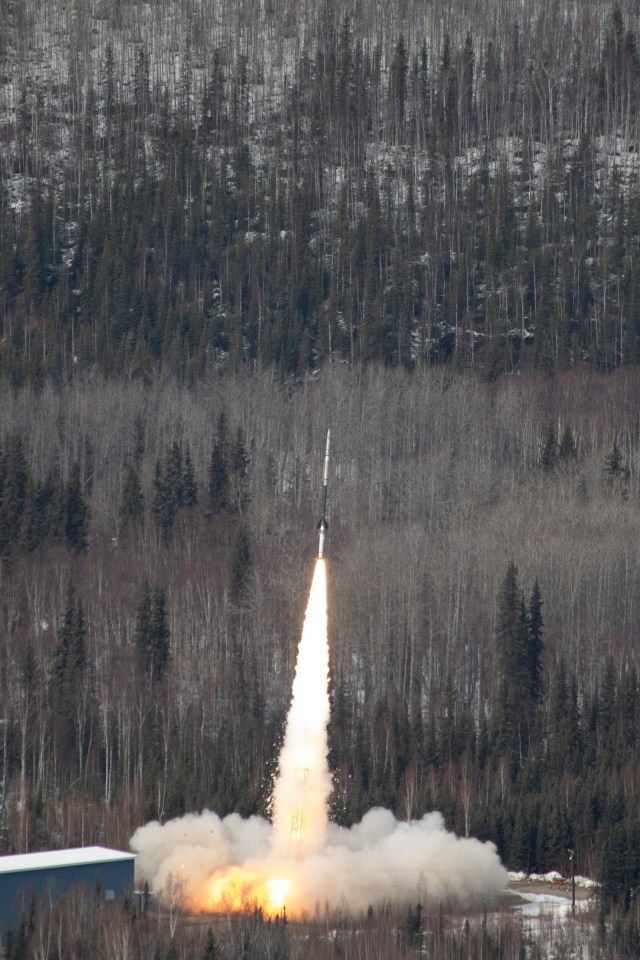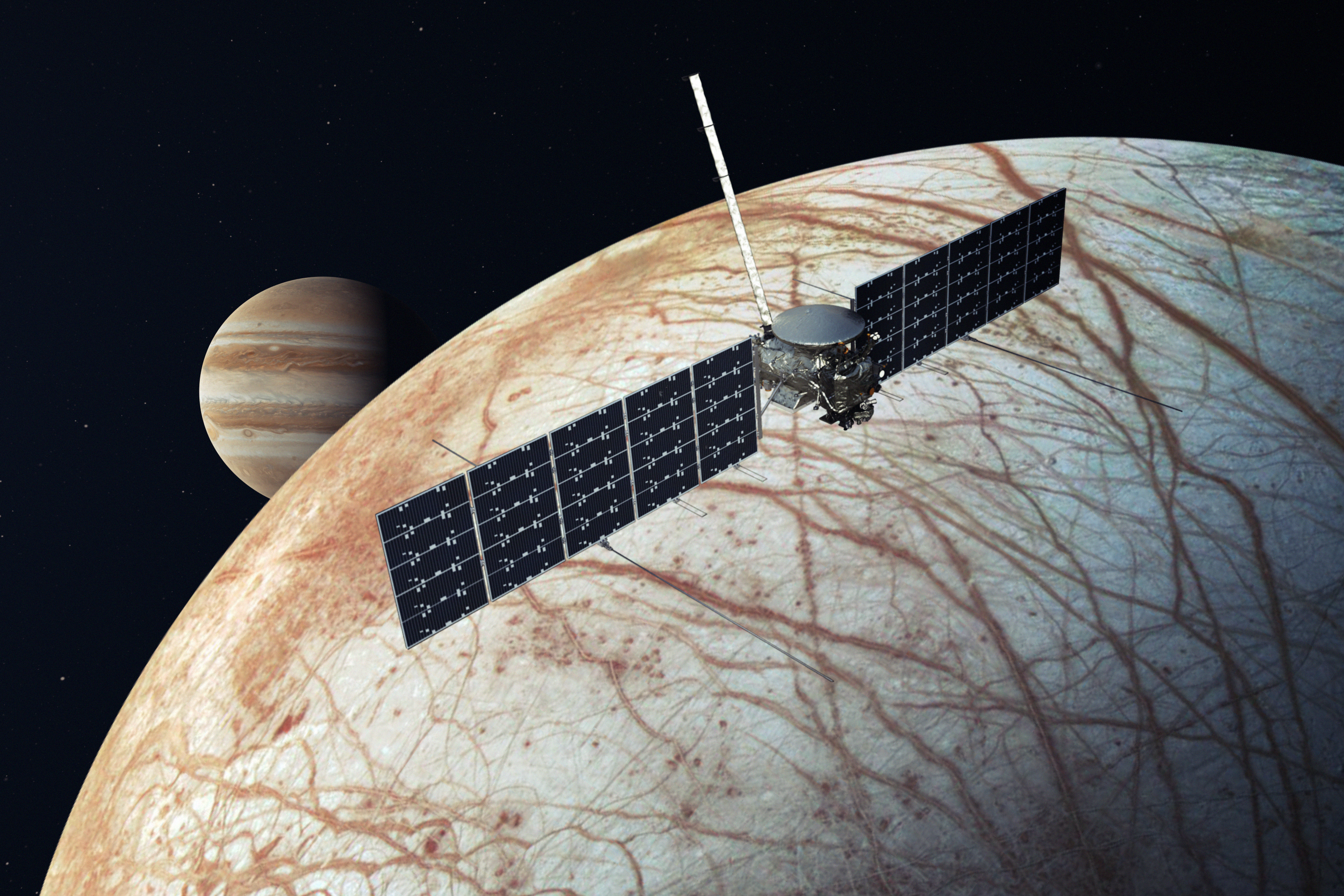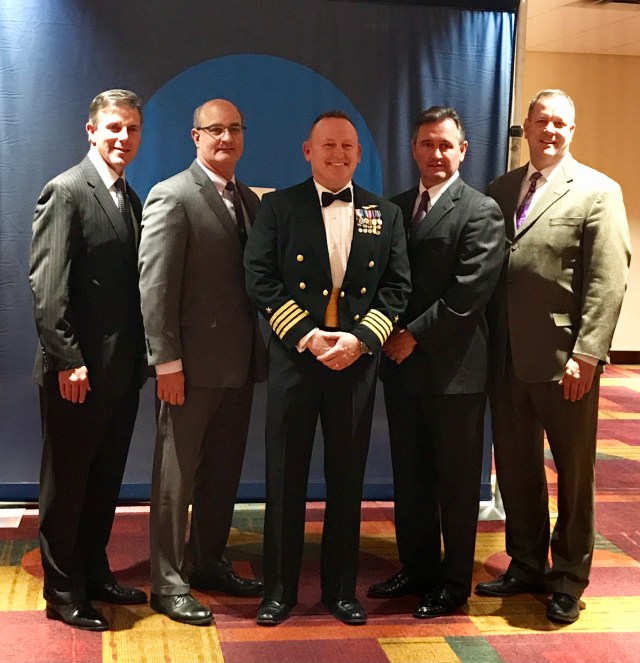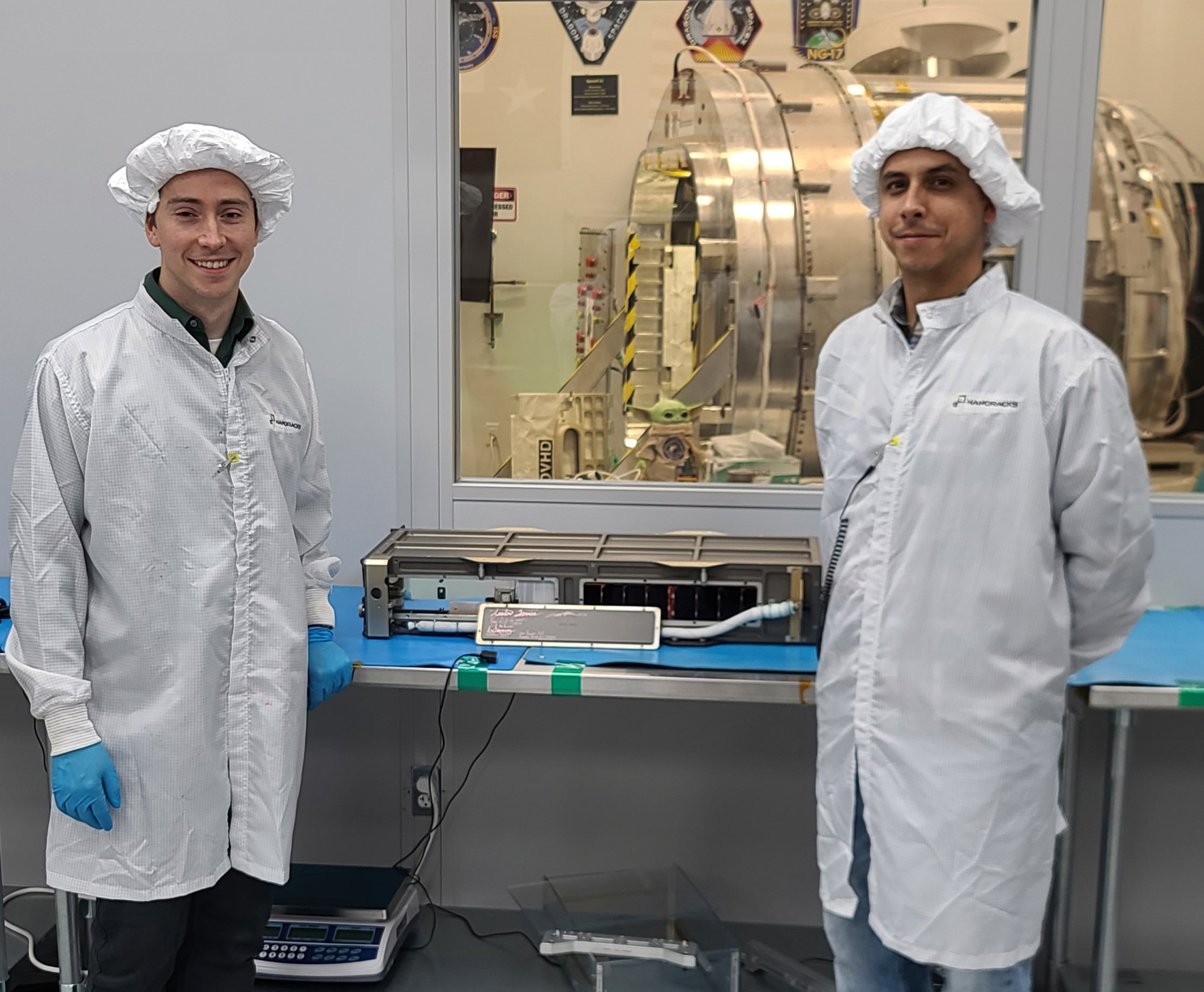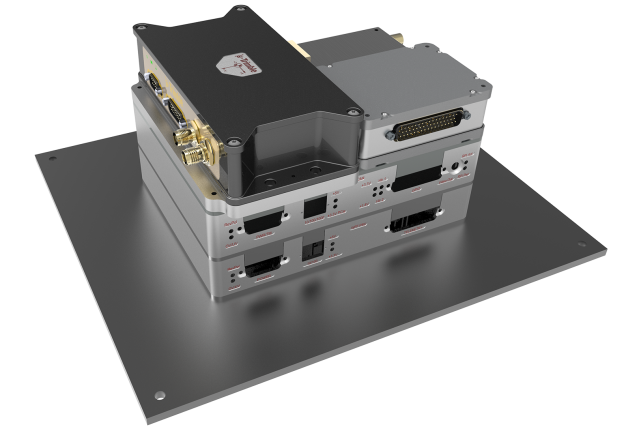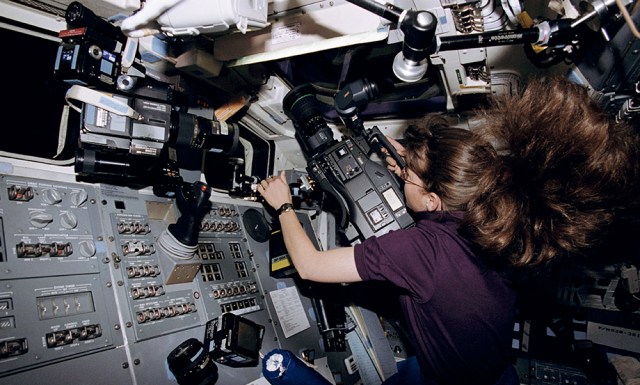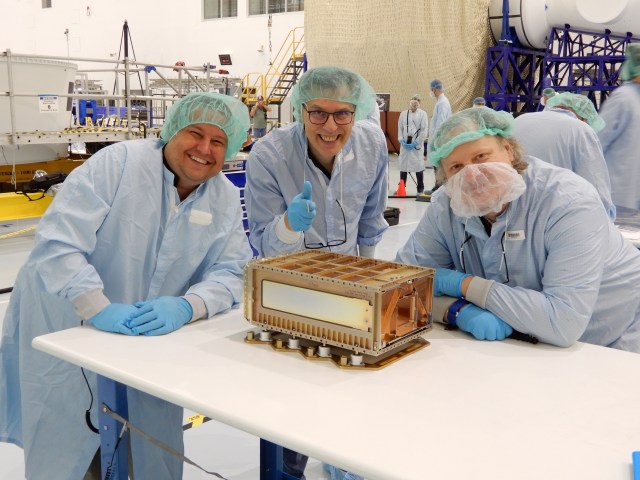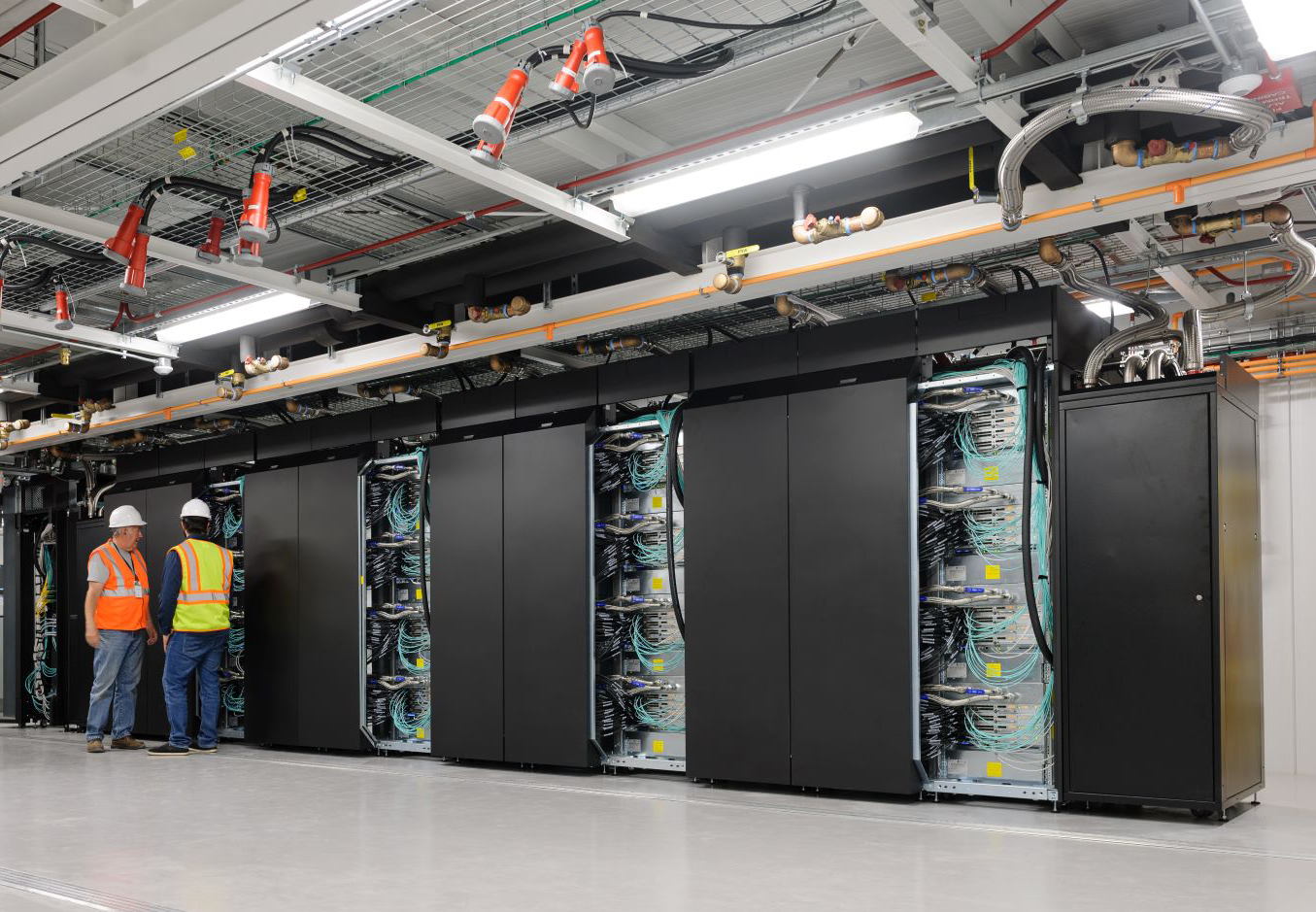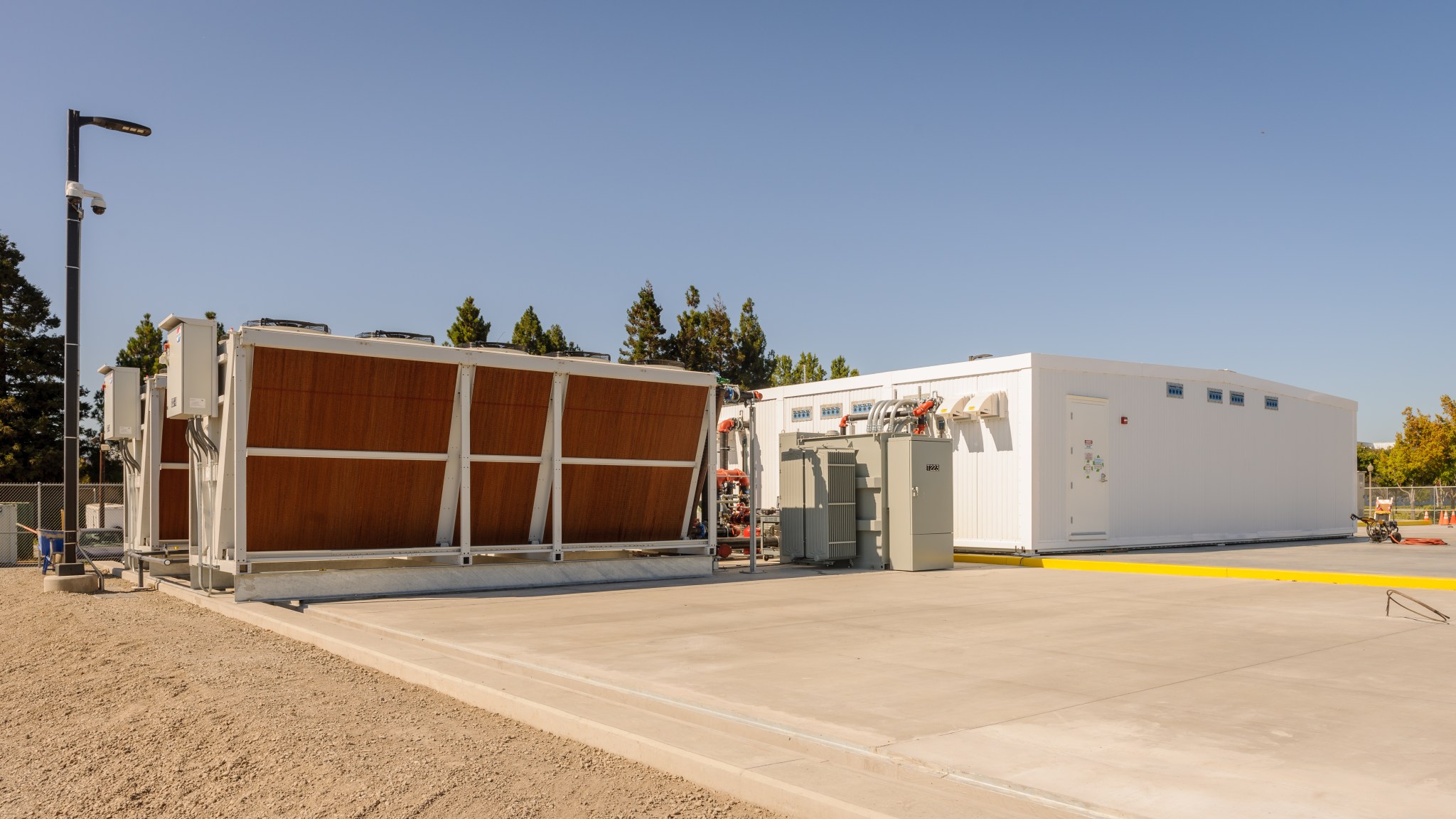
With summer in full swing in the Northern hemisphere, many of us are experiencing higher temperatures – in some cases, record breaking heat. The demand for cooling, correspondingly, also is on the rise. Typically, more cooling translates to higher use of resources, such as water and electricity. But the latest expansion in May 2022 to NASA’s innovative, modular supercomputing facility increased the agency’s computational power by 22%, making it NASA’s most powerful, yet energy-efficient, supercomputer.
Number-crunching supercomputers are notorious for pumping out a lot of heat, but NASA’s newest supercomputers keep their cool year-round thanks to the design of a facility that debuted in 2019 and cleverly uses the local climate to cool high-powered computers naturally.
“NASA uses supercomputers to solve some of the nation’s most challenging problems – from understanding the universe to designing launch systems that will take us to the Moon and Mars as part of the Artemis missions,” said William Thigpen, assistant division chief of High-Performance Computing (HPC) Operations – NASA Advanced Supercomputing Division, and project manager for NASA’s High-End Computing Capability Project at NASA’s Ames Research Center in California’s Silicon Valley.
The Modular Supercomputing Facility (MSF) at Ames uses self-contained modules to house its Aitken and Electra supercomputers. Think “tiny homes” for big computers. People who participate in the tiny house movement choose small living spaces with low energy demands to save money and use fewer resources. The goals are much the same here.
NASA is committed to reducing the environmental impact of its labs and facilities. The MSF’s design and cooling technology is so efficient that, with the same amount of electricity used for cooling, it can cool seven times the amount of computing power as our traditional supercomputing facilities. Each module saves millions of gallons of water and taxpayer dollars per year, making the MSF one of the most energy-efficient data centers in the world.
The modules take advantage of Silicon Valley’s mild, dry climate to naturally cool high-powered computers. By using a combination of outdoor air, fan technology, evaporative coolers, and a circulating water system, they remove the heat generated by the computers.
This modular approach makes it easy to upgrade the facility with the latest technologies for fast-turnaround work on high-priority NASA missions. For example, an expansion in 2020 nearly tripled the system’s original computational power. Engineers can build entirely new systems in months, rather than years. That means NASA missions that rely on these computers can keep moving forward with fewer disruptions.
High-end computing plays a big role in supporting the agency’s engineering and science work. This includes a wide variety of projects that require enormous amounts of computing power such as space exploration, aeronautics, and Earth science, as well as the design and testing of capabilities needed to send humans to the Moon with the Artemis missions.
“By taking care to deploy our supercomputing systems with a focus on drastically reducing the power and water necessary to cool them, we minimize the impact we have on our environment,” said Thigpen.
Collaborators:
It takes a village to develop the infrastructure for NASA’s modular supercomputing sites. Collaborators to design, build, and operate the one-acre MSF site included industry partners Hewlett Packard Enterprise (HPE), Intel, and Mellanox, along with facilities specialists Schneider Electric, Jacobs Engineering Group, Inc., AECOM, and Tri-Technic, Inc.; and is managed under contracts with ASRC Federal and CSRA, Inc.
For news media:
- Digital Press Kit – NASA’s Modular Supercomputing Facility (Aug. 21, 2019)
- Members of the news media interested in covering this topic should reach out to the NASA Ames newsroom.
Banner image caption: The Aitken supercomputer at the Modular Supercomputing Facility at NASA’s Ames Research Center in California’s Silicon Valley is housed in the first module of the facility, which has the potential to expand to 16 modules for computing and data storage. Credits: NASA/Dominic Hart

